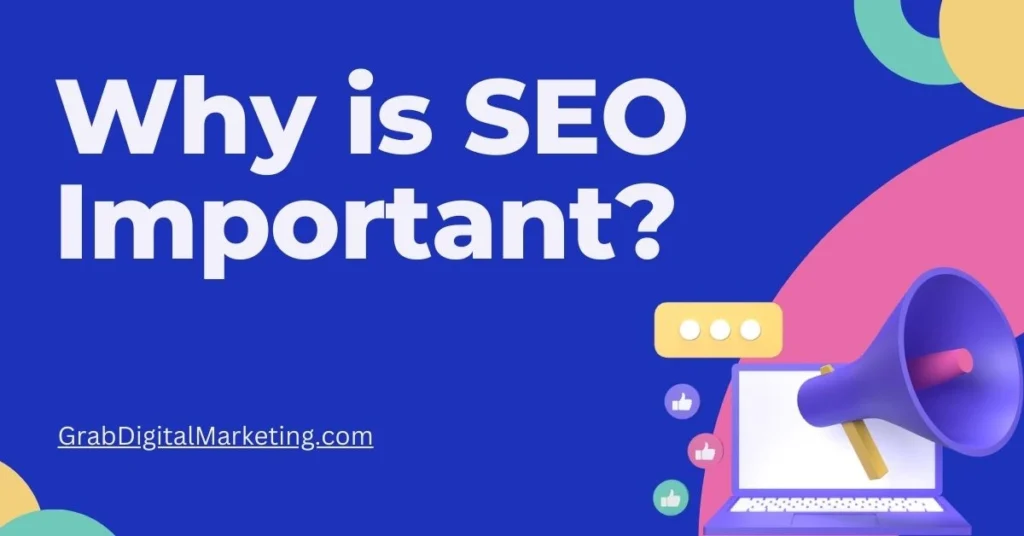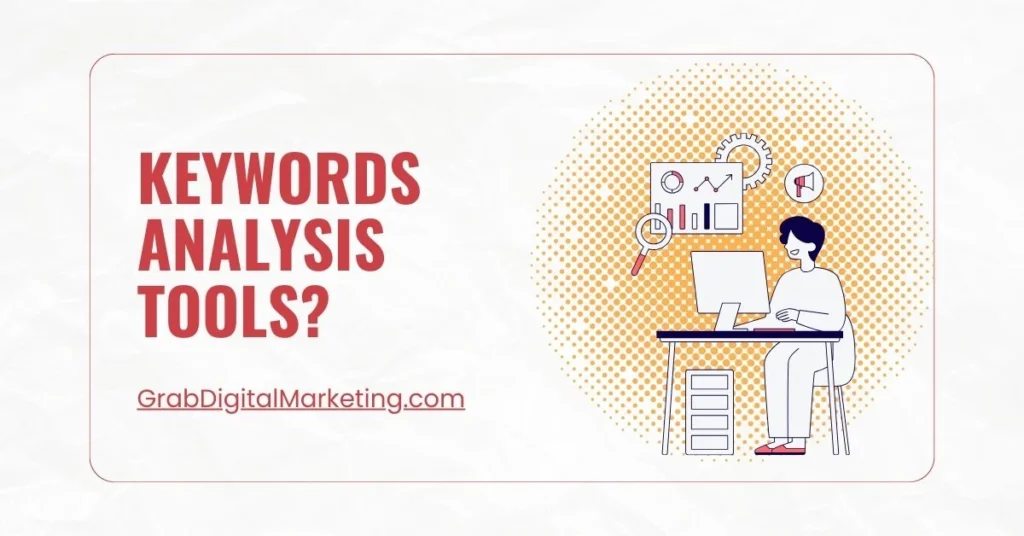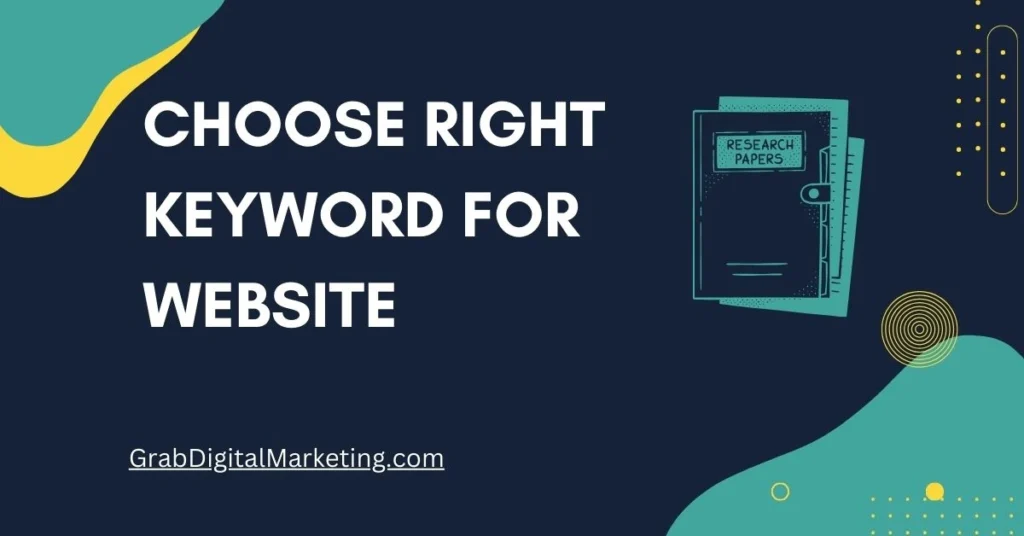What is SEO?
Search Engine Optimization (SEO) is the practice of enhancing a website to improve its visibility when people search for products or services on search engines like Google, Bing, or Yahoo. The better the visibility in search results, the more likely you are to attract attention and drive traffic.
At its core, SEO is about:
- Understanding what users are searching for.
- Ensuring search engines recognize your website as relevant and trustworthy.
- Improving user experience while complying with algorithmic expectations.
Table of Contents
Types of SEO?

Major Types of SEO
1. On-Page SEO
On-Page SEO is a critical practice for Google AdSense publishers aiming to improve search engine rankings, increase organic traffic, and maximize ad revenue. It involves optimizing individual web pages to ensure they are valuable, relevant, and easily understood by both users and search engines. Key components include creating unique, high-quality content that matches user intent, strategically placing keywords in titles, headers, and throughout the content, and crafting compelling meta descriptions to encourage clicks in search results. Proper use of header tags (H1, H2, etc.) helps organize content for readability and signals topic hierarchy to Google, enhancing both user experience and SEO effectiveness.
2. Off-Page SEO
Off-Page SEO is a vital strategy for Google AdSense publishers to enhance website authority, improve search engine rankings, and increase organic traffic, which directly impacts ad revenue. Unlike on-page SEO, which focuses on optimizing elements within the website, off-page SEO involves activities done outside the website to build its reputation and trustworthiness in the eyes of search engines and users. Key off-page techniques include link building, where acquiring high-quality backlinks from authoritative and relevant websites signals to Google that your content is valuable and credible, boosting your site’s domain authority and ranking.
3. Technical SEO
Technical SEO is a crucial foundation for Google AdSense publishers to ensure their websites are easily discoverable, efficiently crawled, and properly indexed by search engines, which enhances visibility and drives organic traffic necessary for maximizing ad revenue. Unlike on-page SEO, which focuses on content, and off-page SEO, which focuses on external signals, technical SEO addresses the backend infrastructure that supports website performance, user experience, and search engine accessibility.
4. Local SEO
Local SEO is an indispensable strategy for Google AdSense publishers who want to capture and engage audiences within specific geographic areas, thereby increasing targeted traffic and boosting ad revenue. It focuses on optimizing a website and online presence to rank highly in local search results, including Google Maps and the local pack, where nearby users frequently search for products or services. Establishing and fully optimizing a Google Business Profile (formerly Google My Business) is foundational, providing accurate business information such as name, address, phone number (NAP), business hours, and images. This profile not only improves visibility but also instills trust and encourages user interaction through reviews and posts.
5. E-commerce SEO
E-commerce SEO is a specialized branch of search engine optimization tailored to online stores, focusing on strategies that drive targeted traffic, improve visibility, and boost sales, which directly benefits Google AdSense publishers monetizing product-based websites. Effective e-commerce SEO starts with comprehensive keyword research, emphasizing buyer intent and commercial keywords that potential customers use when searching for products. Incorporating these keywords naturally into product titles, descriptions, headings, and meta tags attracts qualified visitors more likely to convert and engage with ads.
6. Mobile SEO
Mobile SEO has become indispensable for websites, especially for Google AdSense publishers, as the majority of internet traffic now comes from mobile devices. This shift has led Google to adopt mobile-first indexing, meaning it predominantly uses the mobile version of a website for ranking and indexing. A strong mobile SEO strategy ensures that sites are optimized to deliver excellent user experiences on smartphones and tablets, which in turn drives higher organic traffic and maximizes ad revenue. A foundational aspect of mobile SEO is responsive web design, which adapts the layout and content dynamically to fit various screen sizes. This ensures usability and readability, preventing issues like horizontal scrolling or improper image displays.
7. Voice Search SEO
Voice Search SEO is rapidly emerging as a critical component of digital marketing in 2025, fundamentally changing how websites optimize for search engines and user interactions. With the growing adoption of voice-activated assistants like Siri, Alexa, Google Assistant, and others, a significant portion of online searches is now voice-based rather than typed. This shift necessitates a specialized approach to SEO that focuses on conversational, long-tail keywords and natural language reflecting how people speak rather than type.
Why is SEO Important?

SEO is critically important for Google AdSense publishers because it directly impacts website visibility, organic traffic, and ultimately ad revenue. Search Engine Optimization ensures a website ranks higher in search engine results pages (SERPs), making it more likely for potential visitors to discover the content. The more targeted and engaged the traffic, the more ad impressions and clicks occur, increasing AdSense earnings. Quality SEO attracts users actively searching for related content, improving user intent match and ad relevance, which positively influences click-through rates and revenue.
Increased Visibility and Traffic:
Traffic-Analysis Tools Increased visibility and traffic are crucial for businesses aiming to expand their online presence and attract more potential customers. Visibility refers to how easily a website appears in search results, while traffic represents the number of visitors who engage with the site. SEO plays a vital role in enhancing visibility by optimizing website content, improving rankings, and making it easier for users to find relevant information. High-quality content, keyword integration, and mobile-friendly design contribute to better search engine positioning. Off-page SEO strategies, including backlinks and social media engagement, further boost reach. Increased traffic leads to higher engagement, more leads, and better conversion rates. Businesses must ensure a seamless user experience with fast-loading pages and intuitive navigation to retain visitors.
Credibility and Trust:
Credibility and trust are essential pillars for Google AdSense publishers, as they underpin the long-term success, user engagement, and revenue potential of any monetized website. Google prioritizes publishers who maintain a trustworthy and authoritative online presence, which is reflected in both search rankings and AdSense policy compliance. Creating credible content that is accurate, well-researched, and transparent fosters user confidence. Visitors are more likely to engage with ads and return to the site repeatedly if they perceive the website as reliable and professional. To build trust, publishers must adhere to Google’s strict content policies, avoiding misleading information, spammy practices, or low-quality material that could result in penalties or account suspension.
Better User Experience:
Better user experience (UX) is essential for retaining visitors, improving engagement, and driving conversions. A well-optimized website enhances usability, ensuring seamless navigation, fast loading speeds, and mobile responsiveness. Clear calls-to-action (CTAs), intuitive menus, and structured layouts help users find information easily. High-quality, relevant content keeps users engaged, reducing bounce rates. Readable fonts, accessible designs, and visually appealing elements improve the overall experience. Optimizing images, compressing files, and implementing lazy loading enhance page speed, leading to better search rankings.
What is a Keyword?

A keyword is a particular word or phrase that represents the main topic or subject of a piece of content. In the context of SEO, keywords are the terms that people enter into search engines when they’re looking for information, products, or services. By identifying and using relevant keywords in your content, you can improve your chances of ranking higher in search engine results.
Keywords Analysis Tools?

Google Keyword Planner:
A free tool by Google (Google keyword planner) that helps you find keywords and see how they might perform.
Moz Keyword Explorer:
Moz Keyword Explorer is a powerful keyword research tool widely used by SEO professionals and Google AdSense publishers to enhance their organic search strategies. Unlike many other keyword tools, Moz Keyword Explorer is specifically designed to support organic SEO, offering detailed insights into keyword performance that can help publishers target the most valuable search terms for content creation and website optimization. The tool boasts a comprehensive database with over 1.25 billion keyword suggestions, providing users with a rich pool of relevant keywords, including long-tail variations that are often easier to rank for and tend to attract more targeted traffic. One of the standout features of Moz Keyword Explorer is its sophisticated metrics, including monthly search volume, keyword difficulty (KD), estimated organic click-through rate (CTR), and a unique Priority score that combines these factors to assess the overall value of each keyword.
Keyword Tool:
Keyword Tool is a free online keyword research tool that helps users discover relevant long-tail keywords using Google Autocomplete. It generates keyword suggestions based on search trends, making it a valuable resource for SEO, content creation, and digital marketing. Unlike Google Keyword Planner, Keyword Tool provides up to 750+ keyword suggestions per search term without requiring an account. It supports 192 Google domains and 83 languages, allowing users to refine keyword research based on location and language preferences. The tool is widely used for SEO, PPC advertising, and content optimization.
Keywords Everywhere:
Keywords Everywhere is a browser extension designed for SEO, content marketing, PPC, and competitor research. It provides keyword insights, including search volume, cost-per-click (CPC), and competition metrics across multiple platforms like Google, YouTube, Amazon, and Bing. The tool offers both free and paid versions. The free version includes features like keyword suggestions, trend analysis, and social media engagement metrics. The paid version unlocks advanced SEO reports, backlink analysis, and historical search data.
Choose Right Keyword For Website

Choosing the right keywords is crucial for your website’s (SEO). Choosing the right keywords for a website is a critical step for Google AdSense publishers because it directly affects the quality and quantity of traffic, user engagement, and ad revenue. The process involves selecting keywords that are specific, relevant, and aligned with the content and offerings of the site to attract visitors who are more likely to interact with ads. Specific keywords narrow the audience to those truly interested in the products or services, increasing the chances of higher click-through rates and conversions, while more general keywords may attract broad traffic but with lower relevance and potentially higher competition. Effective keyword selection begins by thinking like the target audience—understanding how they search for content and what terms they use. Striking the right balance between specificity and breadth is crucial; keywords that are too narrow may limit reach, while overly broad keywords might not sufficiently capture user intent.
Identify Your Audience:
Identifying your audience is a fundamental step for Google AdSense publishers to ensure effective targeting, improved user engagement, and increased monetization. Knowing who your visitors are—their demographics, interests, behaviors, and needs—allows for the creation of tailored content and ads that resonate more deeply and encourage interaction with monetized elements on your site. Google Ads and Analytics provide powerful tools to segment audiences based on various data points such as age, gender, location, device usage, and browsing history, enabling publishers to dive into detailed audience insights and refine their marketing strategies accordingly. Audience targeting can be further enhanced by creating custom segments such as remarketing lists to re-engage past visitors, in-market audiences who are actively seeking products or services similar to yours, and affinity audiences with related long-term interests.
Brainstorm Relevant Topics:
Brainstorming relevant topics is an essential and strategic step for Google AdSense publishers aiming to create content that attracts targeted traffic and maximizes ad revenue. The process begins with understanding the core interests and needs of your target audience, ensuring that the topics chosen resonate well and provide genuine value. Effective brainstorming techniques include creating topic mind maps, where a central theme branches out into related subtopics, generating a broad pool of ideas that can be prioritized based on relevance and potential reach. Keeping a swipe file—a collection of inspiring content ideas or headlines—is another helpful approach, allowing publishers to draw inspiration and maintain a steady flow of fresh topics.
Use Keyword Research Tools:
Using keyword research tools is a fundamental practice for Google AdSense publishers who aim to enhance their website traffic and maximize ad revenue. These tools help identify the most relevant, high-traffic, and low-competition keywords that will improve both organic search rankings and paid ad campaign efficiency. Google Keyword Planner is one of the most popular free tools, offering comprehensive data on search volume, competition level, and keyword suggestions based on seed terms or website URLs. This information allows publishers to build targeted keyword lists that reflect user intent and market demand, crucial for attracting visitors who are more likely to engage with ads. Beyond Google Keyword Planner, many advanced tools like Moz Keyword Explorer, SEMrush, and KWFinder provide additional features such as keyword difficulty scores, SERP analysis, and competitor keyword comparisons.
Analyze Search Volume and Competition:
Analyzing search volume and competition is a vital step for Google AdSense publishers to identify keywords that can drive relevant traffic while being achievable to rank for. Search volume refers to how many times a keyword is searched within a specified timeframe, typically measured monthly. High search volume keywords can potentially bring more visitors to a site, but they often come with fierce competition from established websites, making it challenging for newer or smaller publishers to rank well. Conversely, low search volume keywords might attract fewer visitors, but they typically face less competition and can be highly targeted, tapping into niches that convert better and improve ad engagement rates. Competition analysis assesses how difficult it is to rank for a particular keyword, considering factors like existing content quality, backlinks, and the domain authority of top-ranking sites.
Consider Long-Tail Keywords:
Considering long-tail keywords is a highly effective strategy for Google AdSense publishers seeking to attract targeted traffic and enhance ad revenue. Long-tail keywords are longer, more specific search phrases that typically consist of three or more words, such as “best vegan recipes for beginners” instead of a broad term like “recipes.” These keywords have several significant benefits: they generally face less competition compared to short-tail, high-volume keywords, making it easier to rank higher in search results and gain visibility even for newer or smaller websites. Because long-tail keywords hone in on specific user intent, they attract visitors who are closer to making decisions or purchases, leading to higher conversion rates and engagement with ads.
Check Your Competitors:
Checking your competitors is a fundamental strategy for Google AdSense publishers who want to refine their content, keyword targeting, and ad placement to maximize traffic and revenue. By analyzing competitors, publishers can uncover insights into which keywords are driving their rivals’ success, what types of content resonate with their shared target audience, and how ads are integrated to optimize engagement. Tools like SEMrush, SpyFu, and Ahrefs provide comprehensive competitor analysis capabilities, showing paid and organic keyword overlap, ad copy, budget estimates, and landing page strategies that can be adapted or improved upon to gain a competitive edge.
Use Local Keywords:
Using local keywords is an essential strategy for Google AdSense publishers who want to attract geographically targeted visitors and increase ad revenue through relevancy and higher engagement. Local keywords incorporate specific locations—such as city names, neighborhoods, or phrases like “near me”—into search terms, helping businesses and websites appear prominently in local search results, Google’s local packs, and map listings. For example, instead of targeting the broad keyword “coffee shop,” a site might use “best coffee shop in Brooklyn” or “coffee shop near me,” which signals strong local intent and attracts users looking for services or products in that area. To effectively use local keywords, publishers should begin with thorough research using tools like Google Keyword Planner, Google Trends, and platforms offering localized keyword insights. Explicit location-based keywords as well as implicit ones (“nearby,” “downtown”) should be integrated naturally into key website areas such as title tags, meta descriptions, headers, and content body to signal local relevance.
Optimize for User Intent:
Optimizing for user intent is a crucial strategy for Google AdSense publishers who want to increase relevance, engagement, and ultimately maximize their ad revenue. User intent refers to the underlying goal or purpose behind a search query—whether users are seeking information (informational intent), wanting to make a purchase (transactional intent), looking for a specific website (navigational intent), or investigating options (commercial investigation). Aligning website content with these different intent types ensures that visitors find exactly what they are looking for, leading to higher satisfaction, longer site visits, and increased interaction with ads. To optimize effectively, publishers should first analyze the intent behind their target keywords using tools like Google Search Console and keyword research platforms that show common related queries and user questions.

